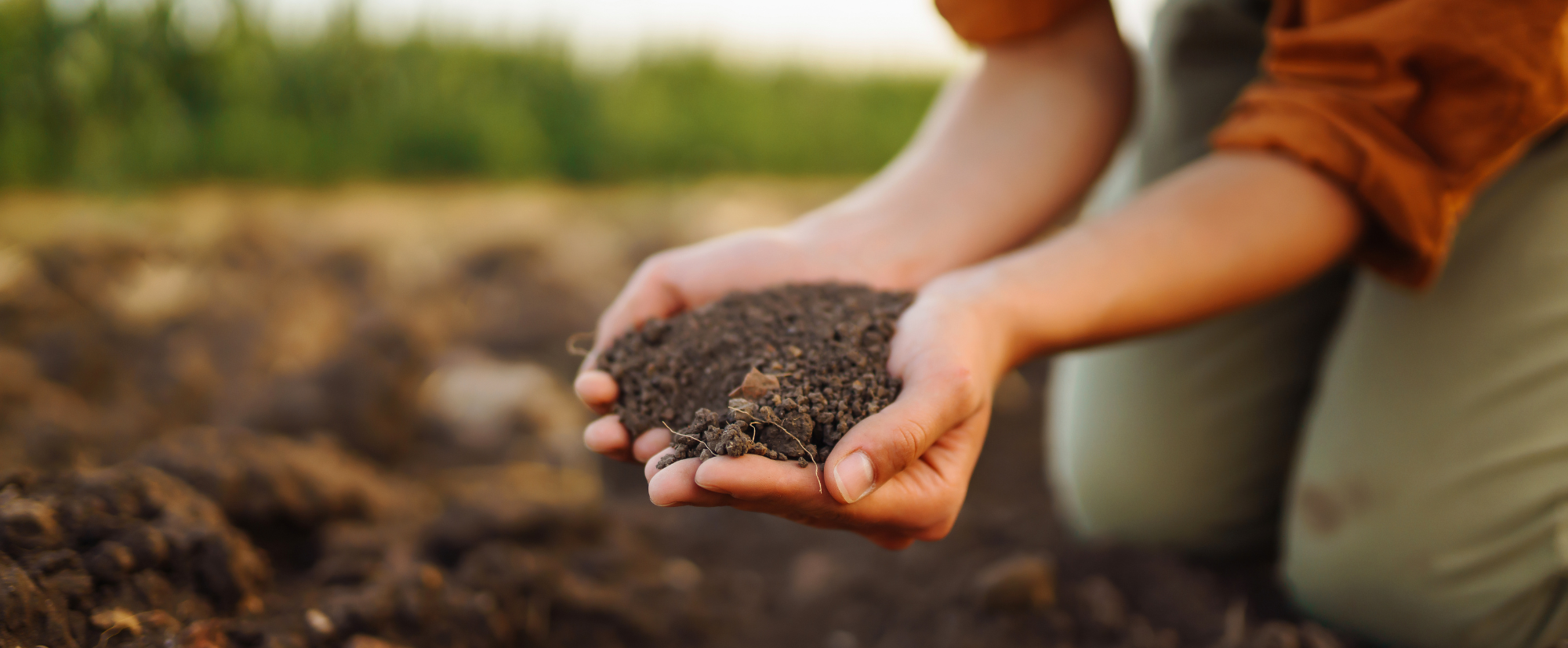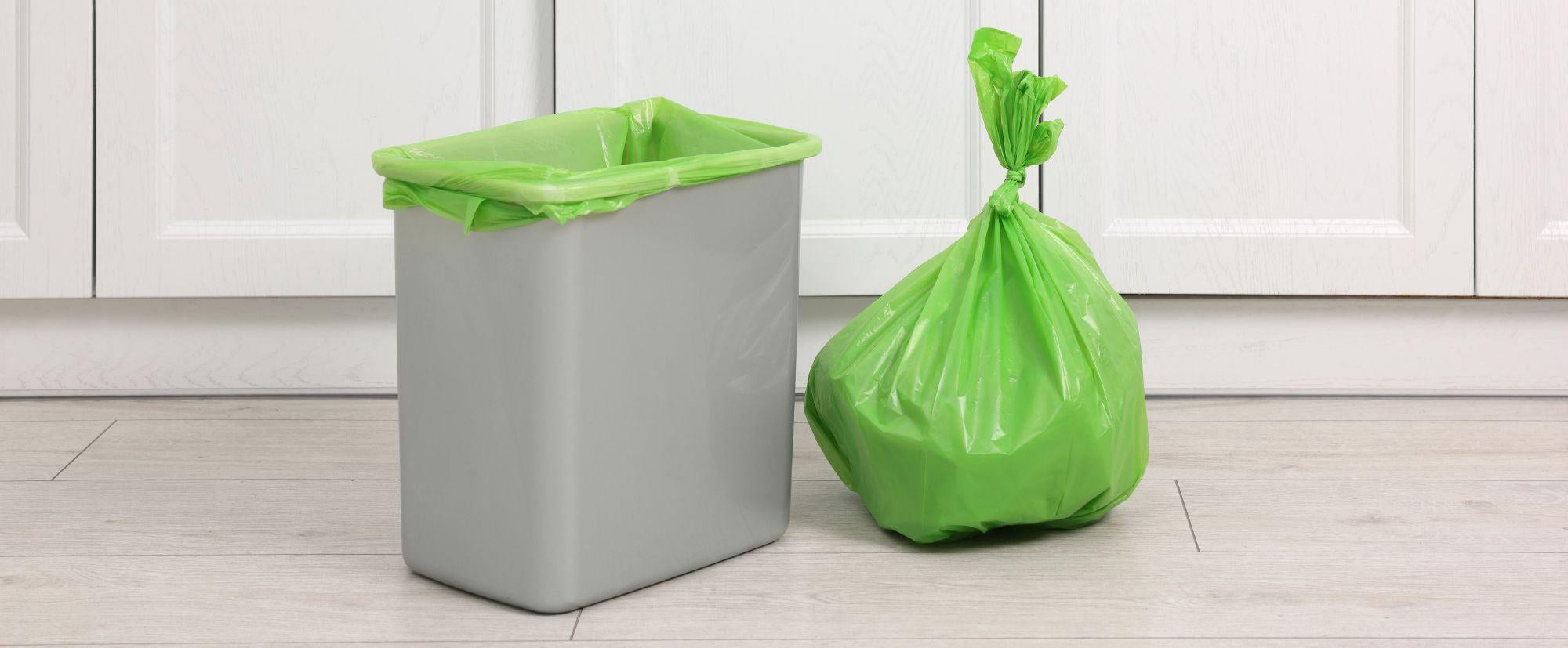The Untold Story of Your Takeout Containers
Pause for a moment and think about your most recent takeout order. The tantalizing aroma, the eager anticipation of a meal that promises comfort and culinary joy. Yet, behind the scenes of this delightful experience, there's an unsung component: the takeout container.
Now, consider this: when was the last time you truly contemplated that container? For many, it's a fleeting thought. But it deserves our attention.
A Container's Silent Tale
Each takeout container carries a tale. Beyond its simple journey from the restaurant to your doorstep, there's a complex narrative of commerce, design decisions, environmental considerations, and evolving technologies.
And the twist? This story largely goes unnoticed.
The Good, The Bad, The Convenient
There’s no denying the allure of convenience. These containers safeguard our dishes, ensuring the food remains warm, intact, and as delicious as when it left the chef’s hands. However, behind this facade of convenience lie intricacies we rarely consider.
Plastic offers strength and adaptability, making it a favored choice. It’s versatile and economical. Yet, its long-term environmental implications can't be ignored. Despite being touted as recyclable, many plastic items end up in landfills or oceans, often due to systemic issues or unintentional mishandling.
Paper, often seen as the greener sibling, faces its own set of challenges. Some varieties, especially those lined with plastic or wax, don't recycle as seamlessly as one would hope. Moreover, their production requires trees – our planet’s invaluable lungs.
And then there's styrofoam. Celebrated for its insulating prowess, its longevity in the environment, unfortunately, raises eyebrows.
Zooming Out
But here's a thought: this isn't about finger-pointing or cultivating guilt about our dining habits. It's about understanding systems, recognizing patterns, and most importantly, being aware of the narratives that shape our actions.
Each container, regardless of its composition, echoes a tale of our societal habits. It reflects our zeitgeist, our values, and our openness (or lack thereof) to change.
In this dance between convenience and consequence, there lies a profound opportunity—a chance to pivot, reshape, and reimagine.
A Shared Vision for Sustainable Choices
Imagine the transformative power if, as a society, we shifted our emphasis towards sustainable food packaging. Envision a world where we appreciate eateries that champion compostable food packaging, not because they have to, but because it aligns with a shared vision for a better future. As patrons, we can place equal importance on both the sustainability of the container's lifecycle and the savory delights within.
Leading with a Renewed Narrative
Ultimately, this discourse is centered around the tales we choose to endorse and the tales we opt to rewrite. Our takeout containers, in their modest and often overlooked manner, chronicle a tale of values, preferences, and communal aspirations. Listening is the first step. Actively participating in reshaping that story is the leap forward.
Because if there’s one thing we’ve learned, it’s this: Change doesn’t always start with a shout. Sometimes, it begins with a whisper. In this case, the quiet narrative of a humble takeout container.




